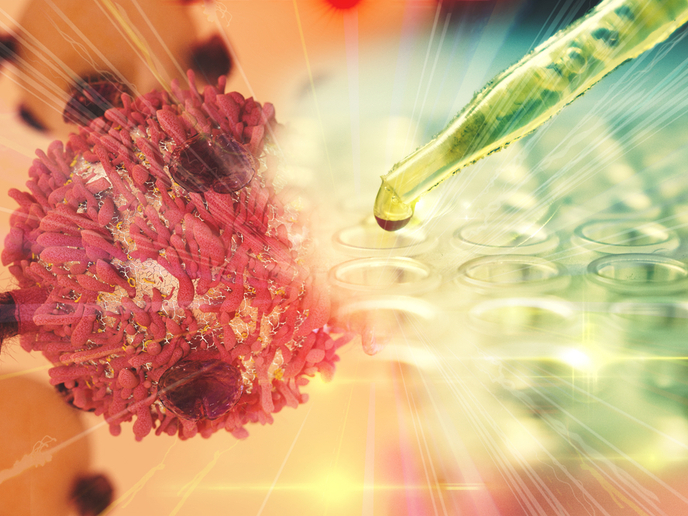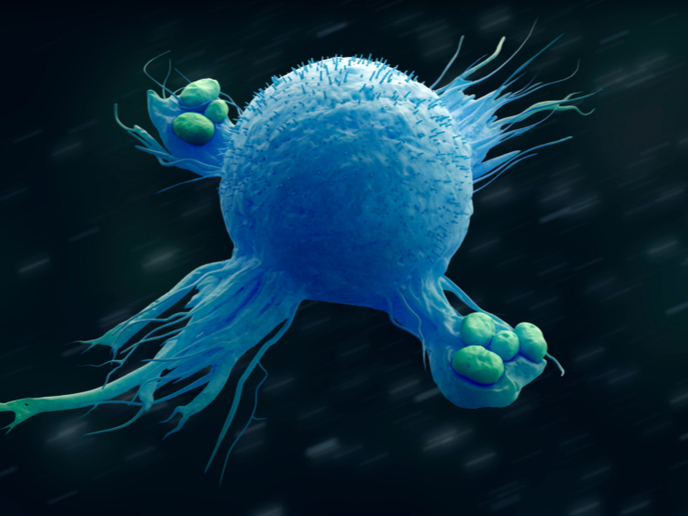Is p63 the cause of rare skin diseases?
The epidermis is the outer epithelial layer of the skin. It is continuously renewed due to the presence of epidermal stem cells. Research work on the biology of these stem cells has identified the p63 gene – a p53 family member – as a candidate component of epidermis formation. Mutations in the gene cause a group of syndromes known as ectodermal dysplasias. The focus of the 'Role of p63 and related pathways in epithelial stem cell proliferation and differentiation and in rare EEC-related syndromes' (Epistem) project was to understand epidermis development and to delineate the molecular basis and the role of p63 in ectodermal dysplasia disease. The consortium generated a large biobank of biopsies from patients with mutations in the p63 gene. This development allowed for genotype to phenotype correlations. Project partners generated cellular systems that mimic the natural process of stem cell differentiation to ectoderm. These proved powerful tools in establishing the role of the p63 transcription factor and its target genes in maintaining epidermal stemness. To better understand the impact of the different p63 mutations in disease, Epistem generated a series of animal models carrying human p63 mutations and observed the disease outcome. This strategy enabled the development of therapeutic approaches and identification of small compounds that can rescue the p63 deficiency caused by some mutations. The Epistem project accomplished a significant breakthrough in demonstrating the role of p63 in skin formation, regeneration and disease. Overall, these findings open new windows for the development of novel therapeutic applications.







